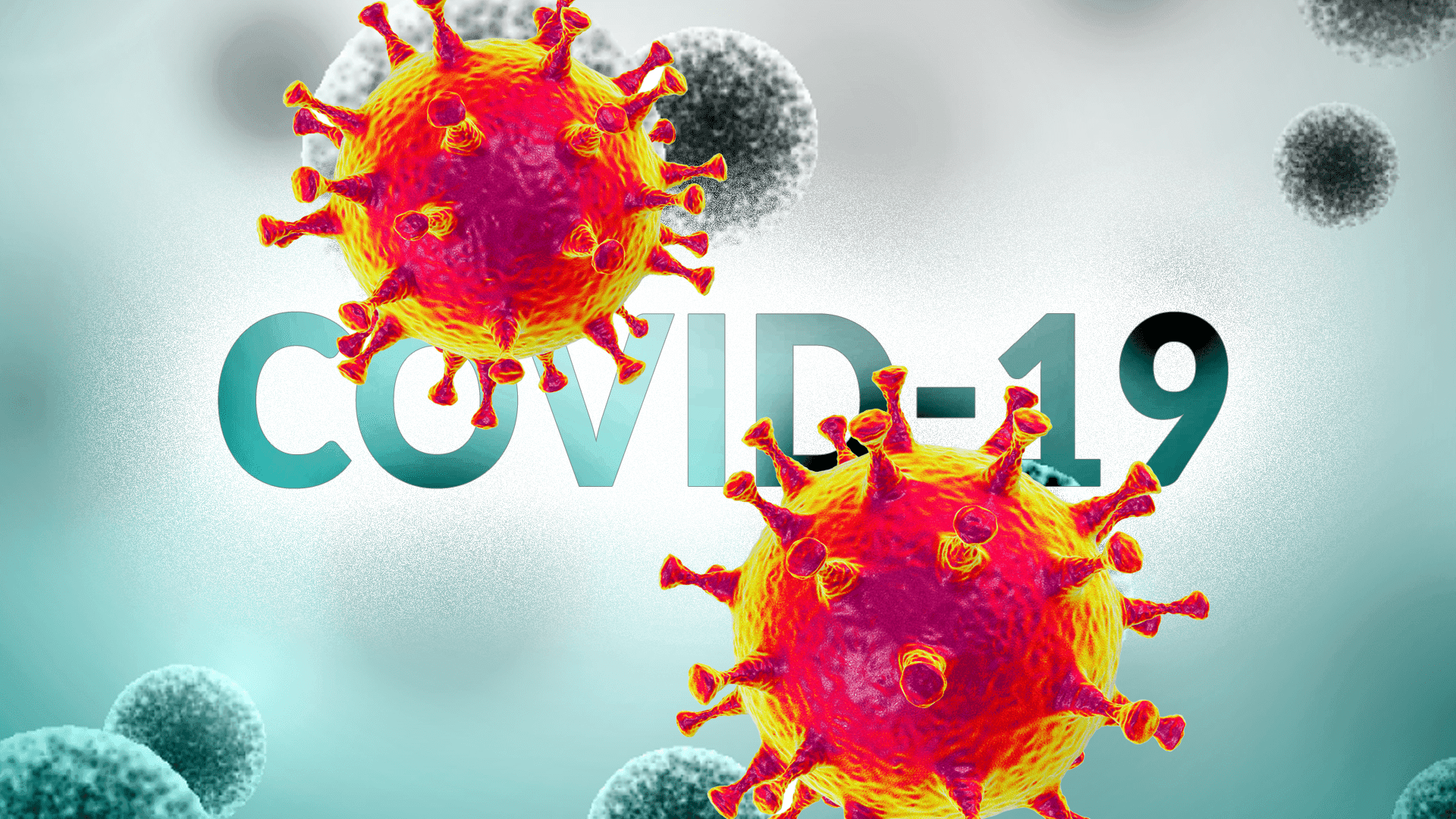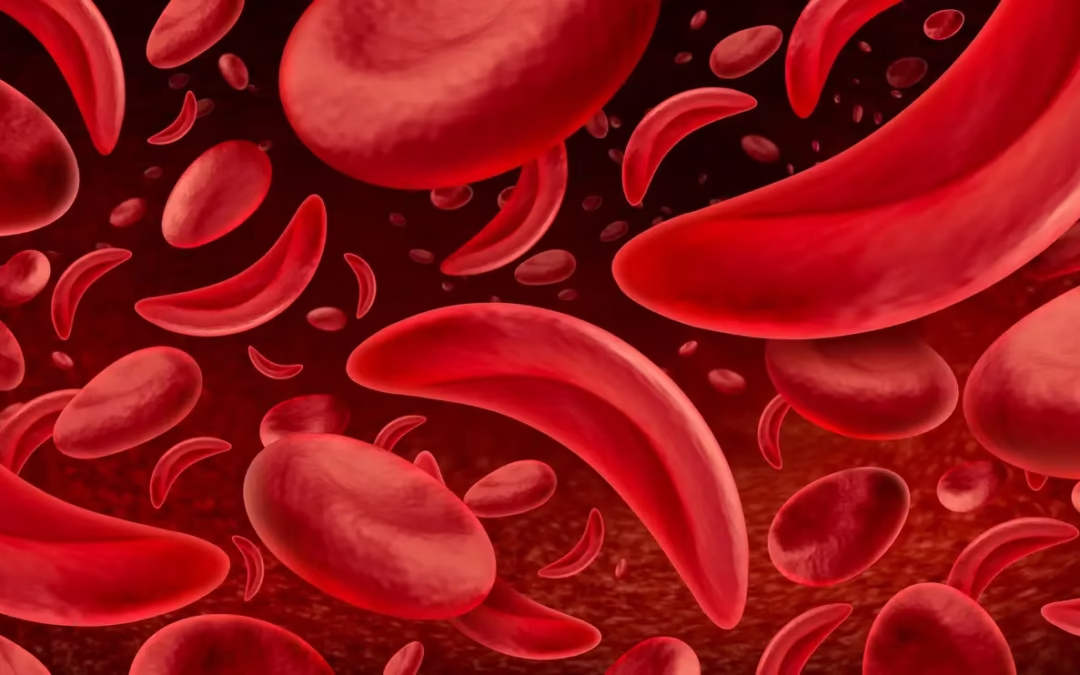Content discussed in this post
Where it began and an essential timeline
Why it became a pandemic
Global numbers and excess mortality
Psychological and social impact
Economic and education impact
Vaccination: why it moved so fast
Symptoms, transmission, and risk factors
Diagnosis and when to test
Current treatment
Long COVID
Prevention today
Quick FAQ
Important notice (health disclaimer)
References and recommended reading
Where it began and an essential timeline
At the end of 2019, cases of pneumonia of unknown cause were identified in Wuhan, China. The agent was a new coronavirus, SARS-CoV-2, and the disease came to be called COVID-19. On January 30, 2020, the WHO declared a public health emergency of international concern; on March 11, 2020, the situation was recognized as a pandemic. Successive waves followed, marked by variants such as Alpha, Beta, Gamma, Delta, and Omicron, which changed transmissibility and clinical profile. As science accumulated knowledge, public health measures, vaccines, and treatments reduced deaths and hospitalizations.
Why it became a pandemic
The virus combines aerosol and droplet transmission, short incubation, and pre-symptomatic spread. This favors silent dissemination, especially in closed, poorly ventilated environments. Add intense international mobility, large urban centers, and mass events. With no prior immunity and no vaccines at the outset, small local outbreaks quickly became global waves.
Global numbers and excess mortality
Official records count millions of deaths from COVID-19 worldwide, heavily concentrated between 2020 and 2022. Beyond registrations, excess-mortality studies estimated an even greater impact in 2020–2021, showing many countries with deaths above expected levels. These figures help reveal the true picture, since testing and confirmation capacity varied across regions and phases of the pandemic.
Psychological and social impact
The pandemic affected bodies and bonds. There was an increase in anxiety and depression symptoms in the population, expanded burnout among health professionals, and collective grief often without in-person rituals. Children and adolescents felt school closures, the suspension of sports, and loss of social contact. Older adults and people with chronic conditions faced prolonged isolation. At the same time, communities organized support networks, mental-health telecare expanded, and many families learned new care routines.
Economic and education impact
In 2020, the global economy contracted significantly, with sectors such as tourism, aviation, and events particularly affected. Supply chains were disrupted, while e-commerce and remote work gained traction. In education, more than a billion students had classes suspended at the peak of containment measures. Recovery was uneven and exposed digital and social vulnerabilities.
Vaccination: why it moved so fast
Vaccines typically take years to reach the public. With COVID-19, the first emergency uses occurred in under a year after the virus was identified. This was possible because platforms were already in development (such as mRNA), the genome was shared quickly in early 2020, trial phases overlapped, production ramped up in advance, and scientific and regulatory cooperation accelerated timelines. Vaccines reduced hospitalizations and deaths, including amid new variants. Keeping booster schedules up to date in high-risk groups remains one of the most effective public health measures.
Symptoms, transmission, and risk factors
Symptoms varied across variants but follow a recognizable pattern.
Main signs and symptoms:
Fever, cough, sore throat, nasal congestion, body aches, fatigue
In some periods, loss of smell/taste
Severe cases: shortness of breath, hypoxemia, signs of systemic inflammation
Transmission occurs mainly via aerosols in indoor spaces. Older age, chronic diseases, obesity, pregnancy, or immunosuppression increase the risk of severe illness.
Diagnosis and when to test
RT-PCR is the most sensitive method and helps confirm cases.
Antigen tests provide rapid results, performing best in the first days of symptoms.
Testing is recommended with compatible symptoms, close contact with a positive case, before visiting vulnerable people, and according to local guidance.
Current treatment
Management depends on symptom duration and individual risk.
Antivirals: nirmatrelvir/ritonavir orally for people at risk of worsening; remdesivir in selected IV regimens.
Systemic corticosteroid (e.g., dexamethasone) for patients who require oxygen.
Respiratory support, prophylactic anticoagulation in hospital settings, and general care per protocols.
Self-medication is not recommended; decisions should be personalized by a healthcare team.
Long COVID
A portion of patients report symptoms lasting weeks or months after the acute phase. Fatigue, exertional shortness of breath, “brain fog,” diffuse pain, and sleep changes are common. Physical and cognitive rehabilitation programs, comorbidity management, and multiprofessional follow-up tend to improve outcomes. Evidence suggests vaccination reduces the risk of Long COVID.
Prevention today
Even with a more stable scenario, prevention remains relevant, especially for those living with vulnerable people.
Practical measures:
Keep vaccination and boosters up to date per local recommendations
Ventilate indoor spaces and, when possible, purify the air
Wear masks in crowded indoor places, especially during surges
Stay home when ill and test when indicated
Hand hygiene and respiratory etiquette
Quick FAQ
Has the pandemic ended?
The most critical period is behind us, but the virus still circulates. Surveillance and vaccine updates remain important.
Can I get COVID-19 again?
Yes. Protection wanes over time, and new variants can partially escape. Boosters restore protection.
Why insist on vaccination?
Because it reduces hospitalizations, deaths, and long-term sequelae. It’s both individual and collective protection.
Does masking still make sense?
In crowded indoor environments, yes—especially for those at risk or living with vulnerable people.
Important notice (health disclaimer)
This content is educational and does not replace medical consultation. Seek professional evaluation for diagnosis, treatment, and updated recommendations for your context.
References and recommended reading
World Health Organization (WHO). COVID-19 dashboard, statements, and technical guidance.
Centers for Disease Control and Prevention (CDC). Clinical guidance and updates on diagnosis, treatment, and prevention.
European Centre for Disease Prevention and Control (ECDC). Surveillance and risk reports.
The Lancet, Nature, NEJM. Articles on vaccines, antivirals, and Long COVID.
IMF, World Bank, OECD. Reports on global economic impact and recovery.
UNESCO. Monitoring of school closures and educational impact.
PAHO (Pan American Health Organization). Materials on mental health and psychosocial interventions during the pandemic.



